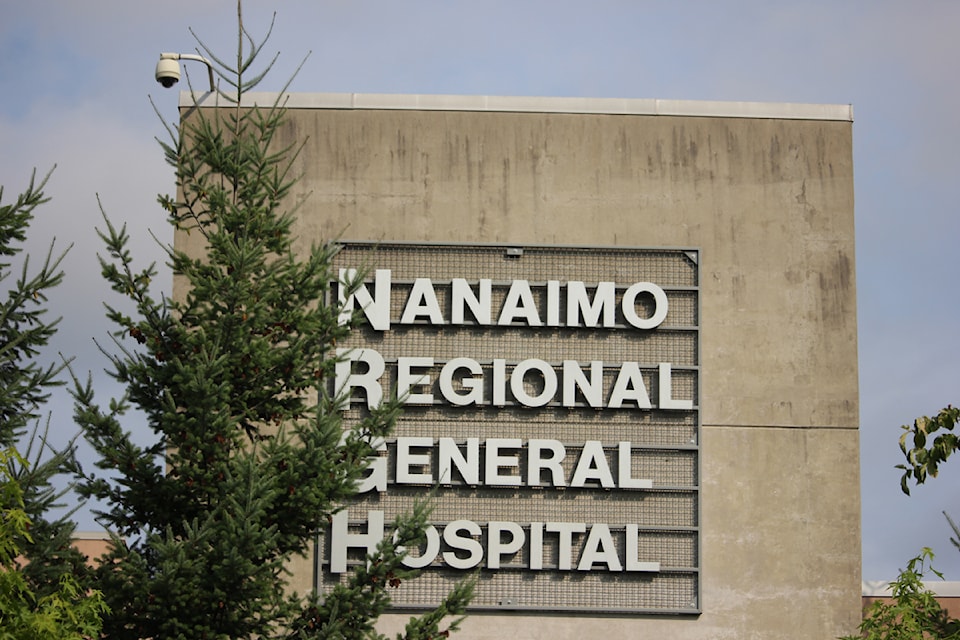Nanaimo Regional General Hospital is aiming to have its new 12-bed high-acuity unit built this spring, following a successful fundraising campaign that the Nanaimo and District Hospital Foundation called its "most ambitious" to date.
In 2018, the province announced a new critical care project at NRGH, following a long advocacy effort in the community. At a price tag of $60 million, the Nanaimo and District Hospital Foundation would be responsible for funding $5 million for the first phase, which was an intensive-care unit that opened in 2023, and another $5 million for the second phase – a high-acuity unit.
"This was based on a study that was done which found that by all means … we had the worst ICU in Canada," said Barney Ellis-Perry, the hospital foundation's CEO. "This was a big move and long overdue, so the foundation made a big commitment for the fundraising. They had never tried to move $5 million in one stretch before, so that was a big lift, it was very successful – then we had to do the same for the high-acuity unit."
The high-acuity unit was previously described by Ellis-Perry as a "step-down unit" from the ICU, where patients who are stabilizing and no longer require the ICU can be moved.
Currently the NRGH's high-acuity unit is eight temporary beds in the back section of hospital's emergency department. Once the new 12-bed permanent high-acuity unit is completed, it will open up space that the hospital can re-purpose.
"Should there be a big disaster somewhere on the north Island, the high-acuity unit then becomes an ICU. So we've gone from eight ICU beds to 24 beds, and because NRGH is where the helicopters come to we can now take 24 helicopters with patients in them for some horrible reason, should we ever have to. So that's a really, really big deal for our whole community."
In the ICU, all the money the foundation raised went toward new equipment; however, in the high-acuity unit, the foundation was also responsible for paying for some of the build itself.
"Over half is going toward physical infrastructure, which is not something we normally fundraise for…" Ellis-Perry said. "That was the need expressed by the Ministry of Health and by Island Health."
A substantial portion of the funds came from the Windsor Plywood Foundation, which gave a record-breaking $3 million to the campaign. Ellis-Perry said that foundation and the associated company has been "very generous" with donations to the hospital foundation for the past 30 years.
"That allowed us to complete the [high-acuity unit] campaign, in effect, two years early, and because of that we've been able to focus our fundraising efforts, since April 1, on equipment and we've done over $1.3 in new equipment throughout NRGH, Oceanside [Health Centre] and some of the long-term care facilities."
Entering the winter, Ellis-Perry said the foundation will be focusing on a SPECT scan – imaging equipment used in heart and cancer diagnostics, at the cost of $1.9 million, then another $1.8 million to develop the lead-lined room to facilitate it. The scan will replace one of the hospital's existing aging pieces of imaging equipment.
"[The existing machines] are much slower and they don't show the multi-layered imaging, they don't show the heart functioning," he said. "This new machine will allow us to … have much clearer diagnostic services, but also get more people through faster – so we're happy about that."
For more information about the hospital foundation or to make a donation, visit https://nanaimohospitalfoundation.com.



